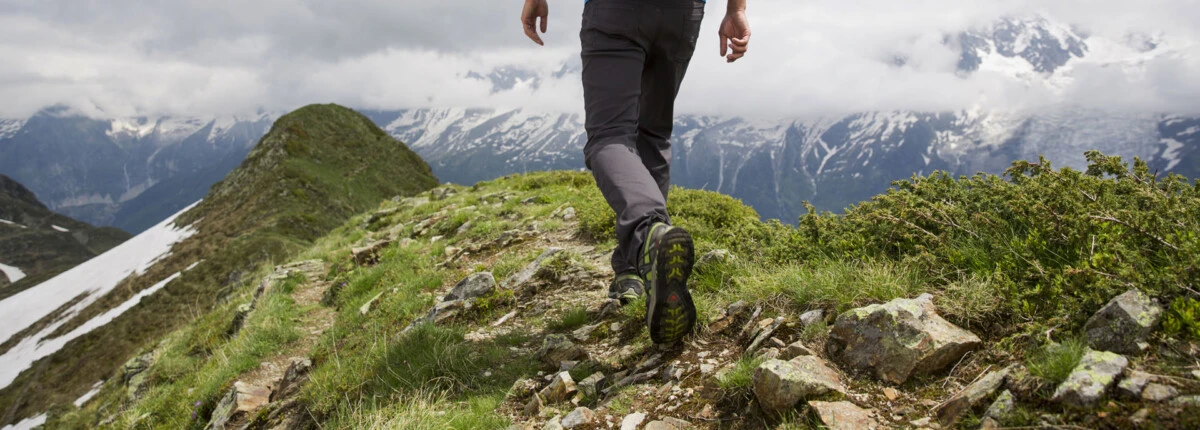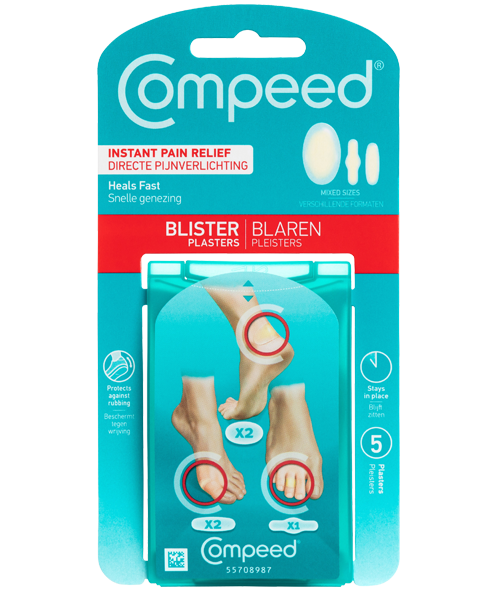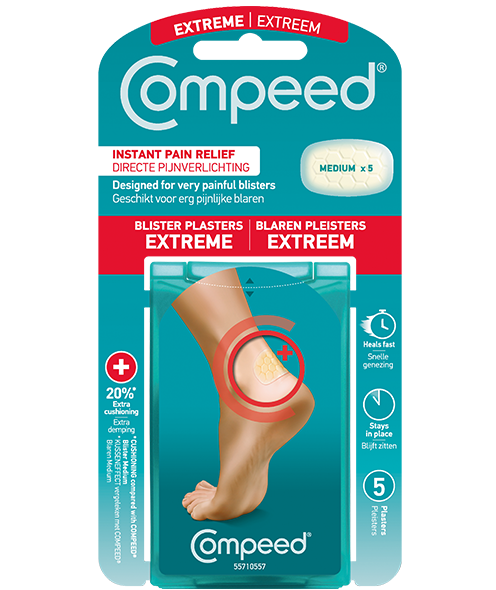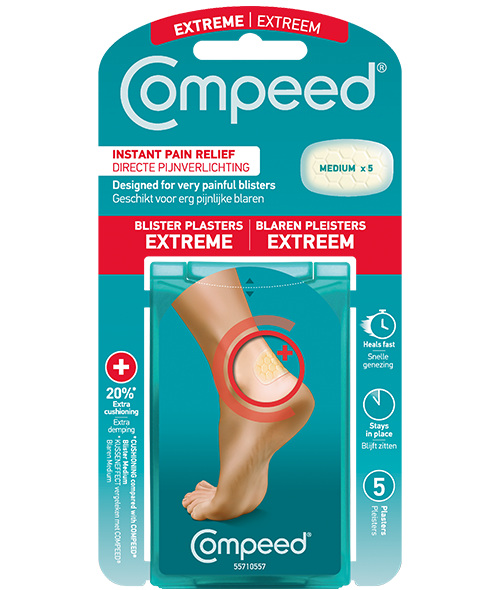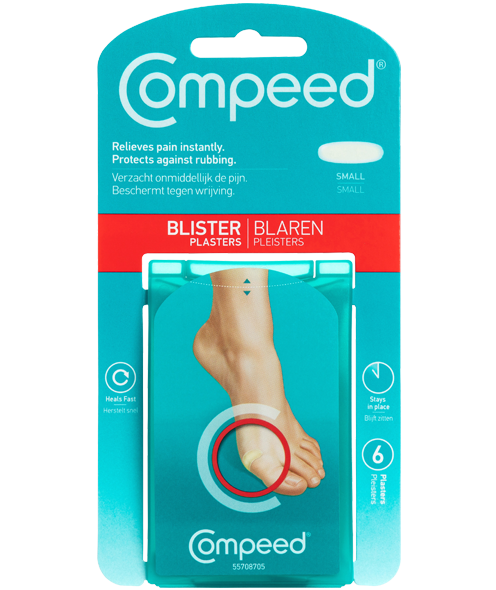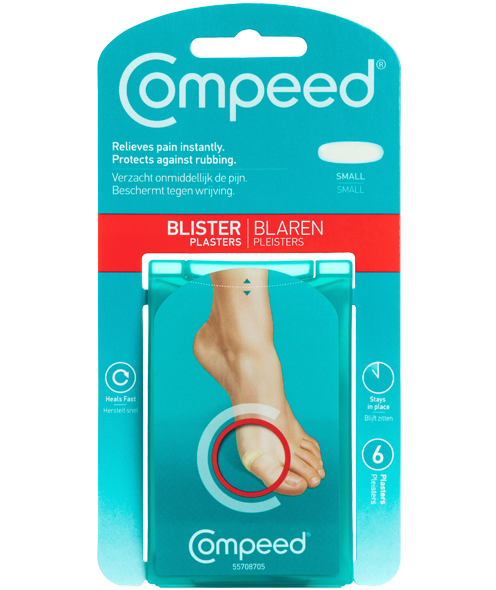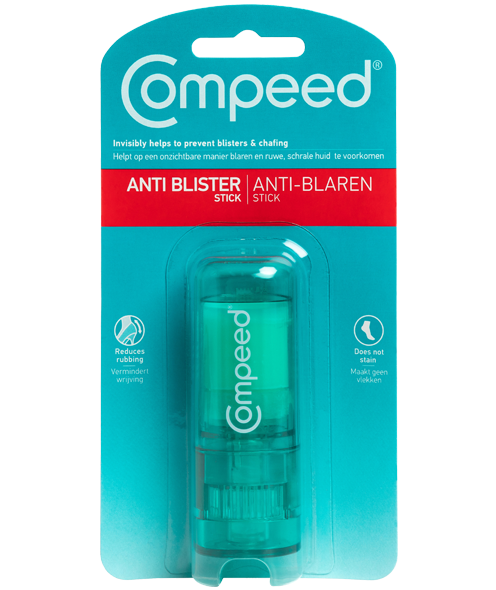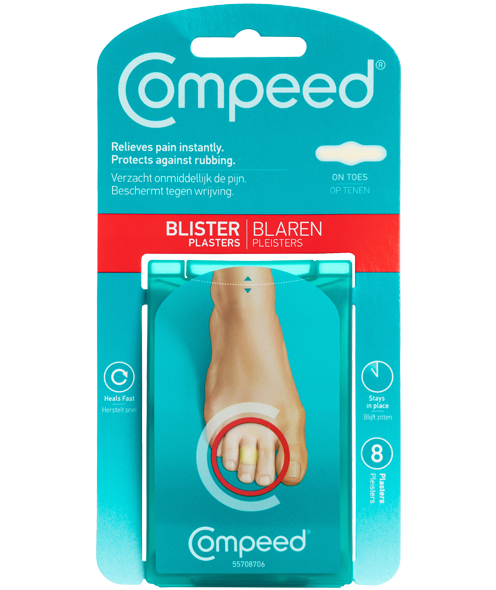There’s nothing like hiking in the great outdoors. The beautiful nature, the fresh air, the peace and quiet all make for a wonderful adventure. But not all hiking experiences are the same and the key is in the preparation. This includes setting your route, packing your map, water, food and a few light layers of clothing. If you are very keen, you may even want to try walking around your neighborhood carrying your backpack for practice. After all this you’ll be ready to hit the track, but what about your feet?
Walking through the woods on a rigorous hike is great for the soul, but not so great for your feet, and a foot injury can ruin the whole trip – for you and everyone involved. One of the most common foot injuries on a hike is a blister. Whilst a blister may sound like a small thing, they shouldn’t be taken lightly. Ignoring them will only lead you down a path of pain.


Hiking Blisters Prevention
Don’t worry, there are a few things you can do to prevent blisters from forming. The first and most important thing you can do is choose the right hiking boot for your foot and for your type of hike. When shopping for hiking boots, a good fit is key. Your toes should have plenty of wiggle room and your ankles should have good support. The boot should fit snug around the ball of your foot while your heel stays in place. A floating heel is the main cause of blisters on a hike. Always try hiking boots on with your hiking socks to get an accurate feel for comfort and fit. We recommend specialist synthetic socks with breathable fabric that take away moisture. Make sure that your socks fit well and don’t slip up and down when you walk.

Although you may be trying to keep your backpack light, it’s important to pack a first aid kit as well, and this should include an anti-blister stick, specialist blister plasters, absorbent material like gauze and disinfectant. If you do get a blister you’ll want to act quickly to prevent any unnecessary delays or discomfort. If your blister has burst and turned into a wound, clean the wound with disinfectant, dry with the absorbent material and cover with a specialist blister plaster. If the blister has not burst, apply a blister plaster directly to the area. Don’t be tempted to pop a blister as you will risk the wound getting infected. With these tips in mind, your feet are sure to have a wonderful, blister-free time on your next hike.


